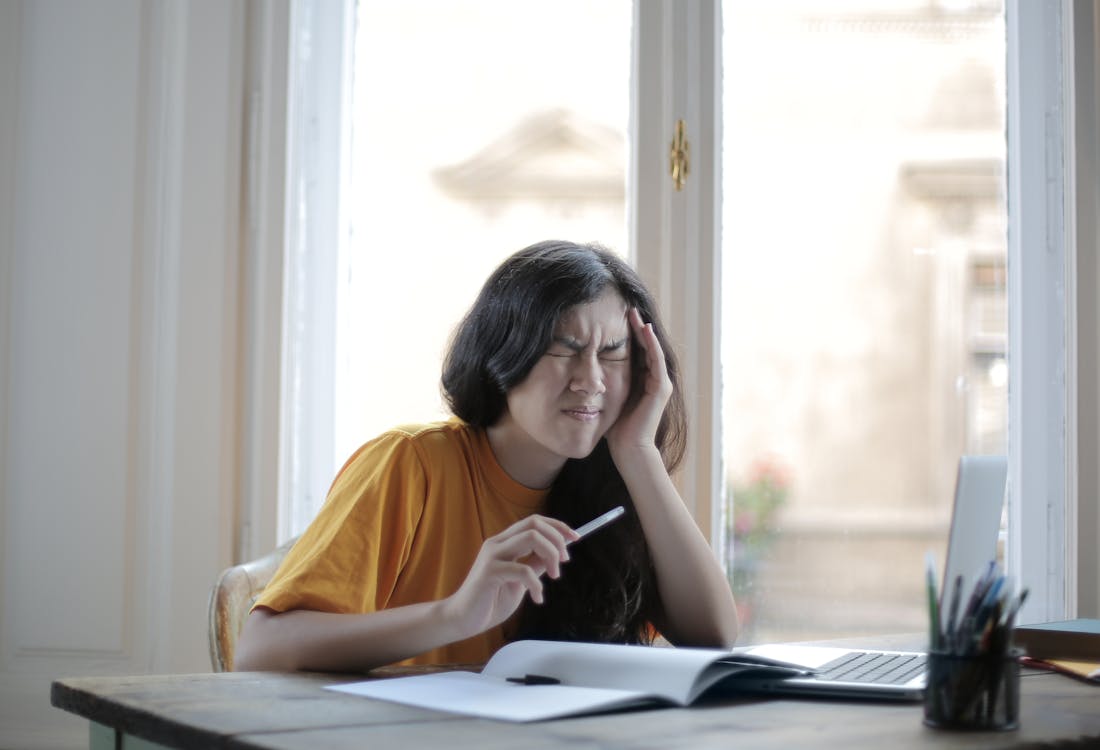
Do you suffer from migraines? If so, do they seem to strike at the most inconvenient times? They probably do because most migraine attacks occur when we’re doing something important. Whether it’s studying for an exam, going on a date, driving home from work, or preparing for an important meeting with clients. If you are among the 20% of adults who experience migraines, you probably already know that triggers vary widely between individuals. In fact, there’s no universal cause of migraines. Some people get them after eating specific foods, while others only when they go through hormonal changes like puberty or menopause or after certain life events such as a divorce or a death in the family.
Identify your triggers and avoid them where possible.
There’s no single known cause of migraines, but several potential triggers are. Keeping a migraine diary can help you identify your triggers and know what to avoid. Common migraine triggers include:
- Stress
- Sleep deprivation
- Hormonal changes
- Weather changes
- Menstrual cramps
- Food intolerance
- Certain medications
- Strong smells
- Bright lights
- Loud sounds
- Excessive motion
- Poor posture
If you’ve tried everything and still suffer from migraines, it may be time to see a doctor. Your doctor can help determine the cause of your migraines and suggest treatment options such as lifestyle changes, medication, or therapy. If lifestyle changes and medication don’t work, your doctor may recommend other treatments such as Botox or surgery.
Eat regularly
If you’re prone to migraines, it’s important to eat regularly. Get into the habit of eating at least three times a day, even if your migraines are common. This will help keep your blood sugar levels stable, reduce your risk of developing diabetes, and reduce your chances of triggering migraines. Eating regularly is especially important if you experience menstrual migraines, which are often triggered by fluctuations in blood sugar levels. Try to eat regularly during the two weeks before your period is due, and you may find your migraines are less severe or even completely disappear.
Reduce blue light exposure
Most people experience pain-free vision as they age, but migraine sufferers are more likely to experience visual disturbances. One of the most common triggers is a condition called retinal migraine. This occurs when the tiny blood vessels in the retina (the light-sensitive tissue at the back of the eye) become overloaded and dilated. This can cause flashing lights, bright spots, or foggy vision. If these symptoms occur, try to avoid blue light and wear yellow-tinted glasses that block blue light, such as those used by people who work on computer screens.
Look into daith piercings.
The daith is a piercing that’s placed above the ear. It is traditionally done with a straight barbell, though other styles are available. The theory behind the daith piercing is that pressure against the carotid artery behind the ear releases endorphins, which help to reduce migraine symptoms. Some people find that a daith piercing works for them, but others find no relief. If you are experiencing frequent migraines, a daith piercing is worth trying.
Try yoga
A growing body of research indicates that yoga may be effective in treating migraines. Yoga has been proven to help treat anxiety and stress, which are known to trigger migraines. It also helps regulate blood flow and reduce inflammation, two aspects that help treat migraines. Yoga can be done anywhere, and all you need is a yoga mat. It’s essential to find a class that’s suitable for beginners to prevent injuries
Leave a Reply